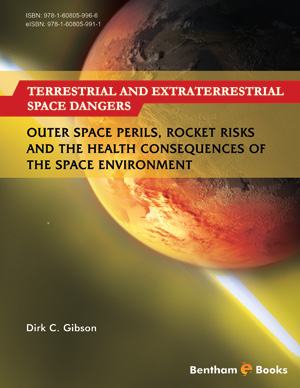Abstract
Microbes, like bacteria and microorganisms, are very small but potentially very powerful. Microbes from the Earth are altered in the space environment and become much more virulent and dangerous. It is possible for space destinations of humans to be contaminated by microbes from the Earth, just as humans may bring space microbes back to the Earth. Microbes change rapidly, and the cause of the changes remains unknown. Clean rooms are thought to be the answer to combating microbes but in fact that are not always entirely clean, and microbes are very adept at escaping detection and destruction. Earth-based simulations of microgravity conditions were shown to be suboptimal, and instead studies on worms in space are preferred. Research on space microbes is expected to have terrestrial applications such as enhanced hospital infection prevention. Solutions to the problem of microbes in space were suggested.
Keywords: Caenorhabditis elegans, CETEX, COSPAR, DNA-array chips, ethylene oxide, gene, genome, International Council of Scientific Unions, Institute of Clinical Research, methanosarcina, methyl chloride, microbe, NASA Space Sciences Group, Permian Era, pseudomonas aerugonisa, resequencing, ribosomal-DNA, salmonella, Simon Fraser University, University of Nottingham.













